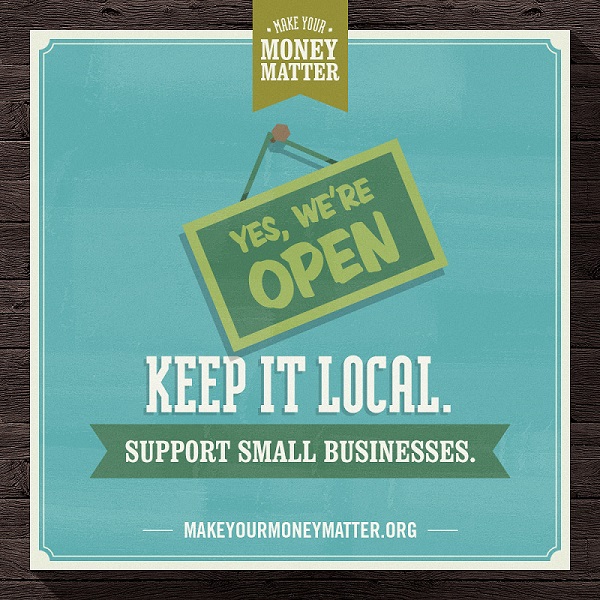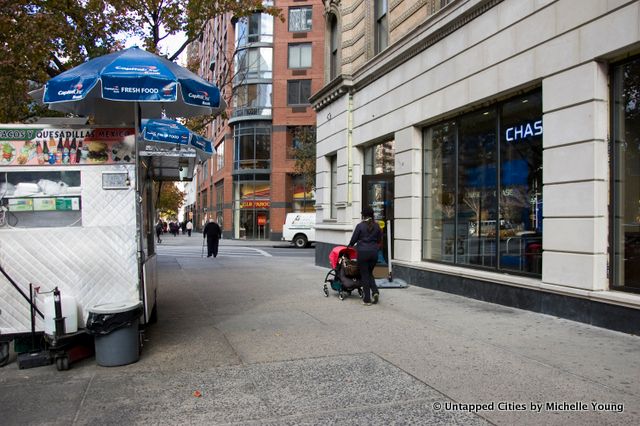How to Make a Subway Map with John Tauranac
Hear from an author and map designer who has been creating maps of the NYC subway, officially and unofficially, for over forty years!



[sponsored_by name=”Make Your Money Matter” url=”https://makeyourmoneymatter.org/” logo=”https://blog.blankslate.com/wp-content/uploads/sites/2/2013/11/make-your-money-better-logo.jpg” byline=”Make Your Money Matter is a grassroots campaign that educates a new generation of consumers about the benefits credit unions provide over big banks.” attribution_name=”BlankSlate” attribution_url=”https://blankslate.com/advertisers/”]
These days, it can be hard to imagine that there are still alternatives to big corporate banks in New York City. The architecture of our main thoroughfares speaks to the large presence of these giants. On Broadway alone between 59th Street and 72nd Street, there are 14 big bank locations—that’s more than one per block. And it doesn’t count the large number of ATMs in pharmacies.

But when millions of New Yorkers deposit their money into a big bank, do they actually know where it goes? Unlike banks, credit unions are not-for-profits where the members themselves own the credit unions. This means that the financial profits go back to members and the community, rather than to shareholders. With regular banks, 97% of the money you deposit can leave the community but credit unions last year distributed over $5.3 billion back to members.
The first credit union in North America was started in 1901 with a 10 cent deposit by a reporter in the Canadian parliament who was shocked by the exorbitant interest Montreal residents were paying on loans from moneylenders. Credit unions have certainly grown since then, but have retained their focus on the neighborhood level.
This video has a quick overview about the difference joining a credit union can make:
Last year, credit unions provided more than $630 million within local communities to support commercial, residential, and industrial development.
Credit unions also provide the ability and know-how for residents to make informed financial decisions through hosting financial literary classes. They’ve have also helped members refinance debt, extend mortgage credit, and access private student financing.

On a personal level, credit unions can offer lower interest rates on loans and also higher return on investments on average compared to banks. Fees for things like checking accounts and ATM surcharges can be lower too. If you want access to cash machines, credit unions have over 100,000 ATMs that can be used without fees in their shared network.
And what about the security of your deposits? They’re insured up to $250,000 by the National Credit Union Administration (NCUA), the same amount as the FDIC.
You can help change the banking industry simply by choosing where to put your money. Credit unions are one way to bring banking back to the community level. Learn how to switch to a credit union at makeyourmoneymatter.org.
Subscribe to our newsletter